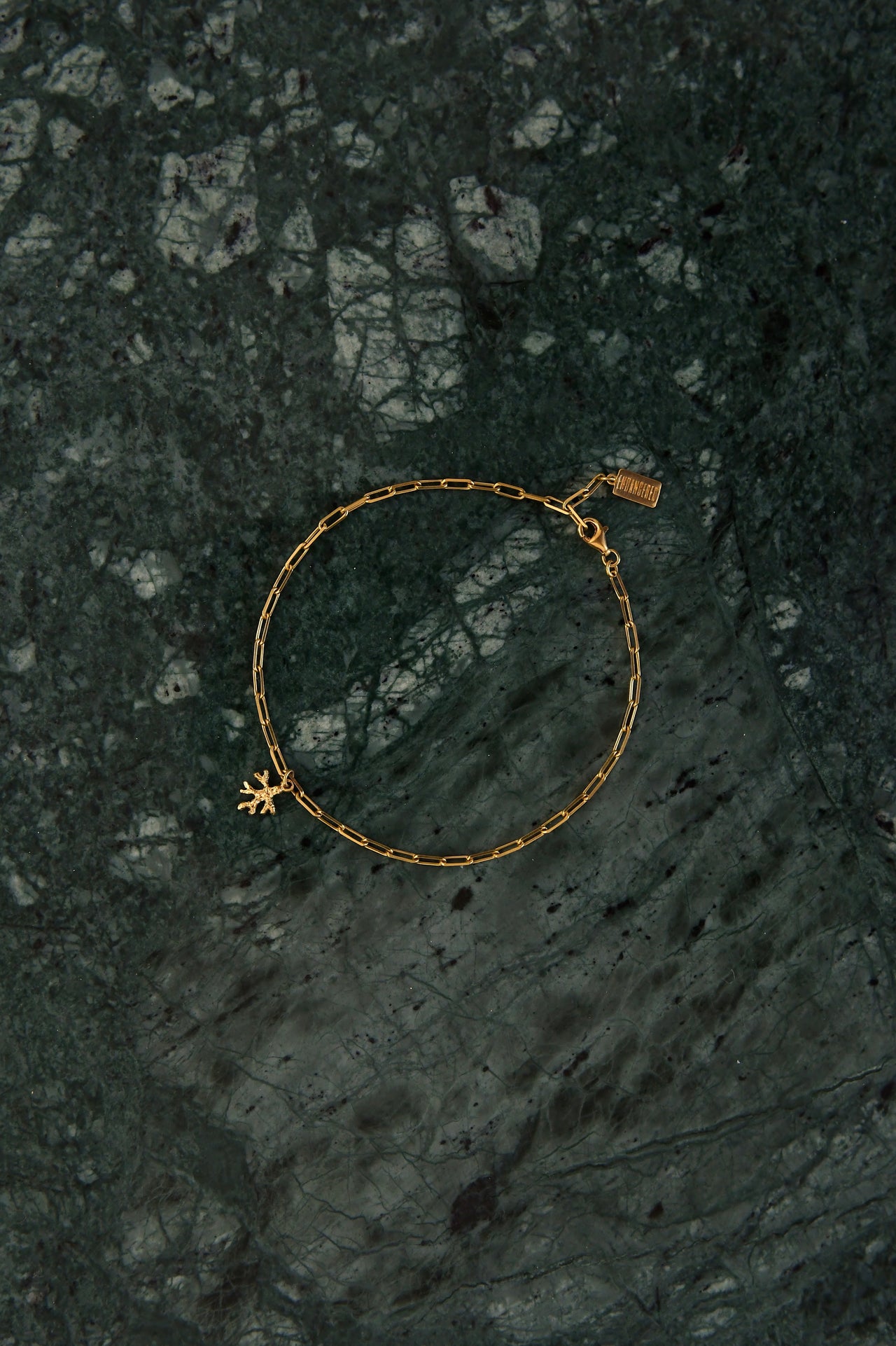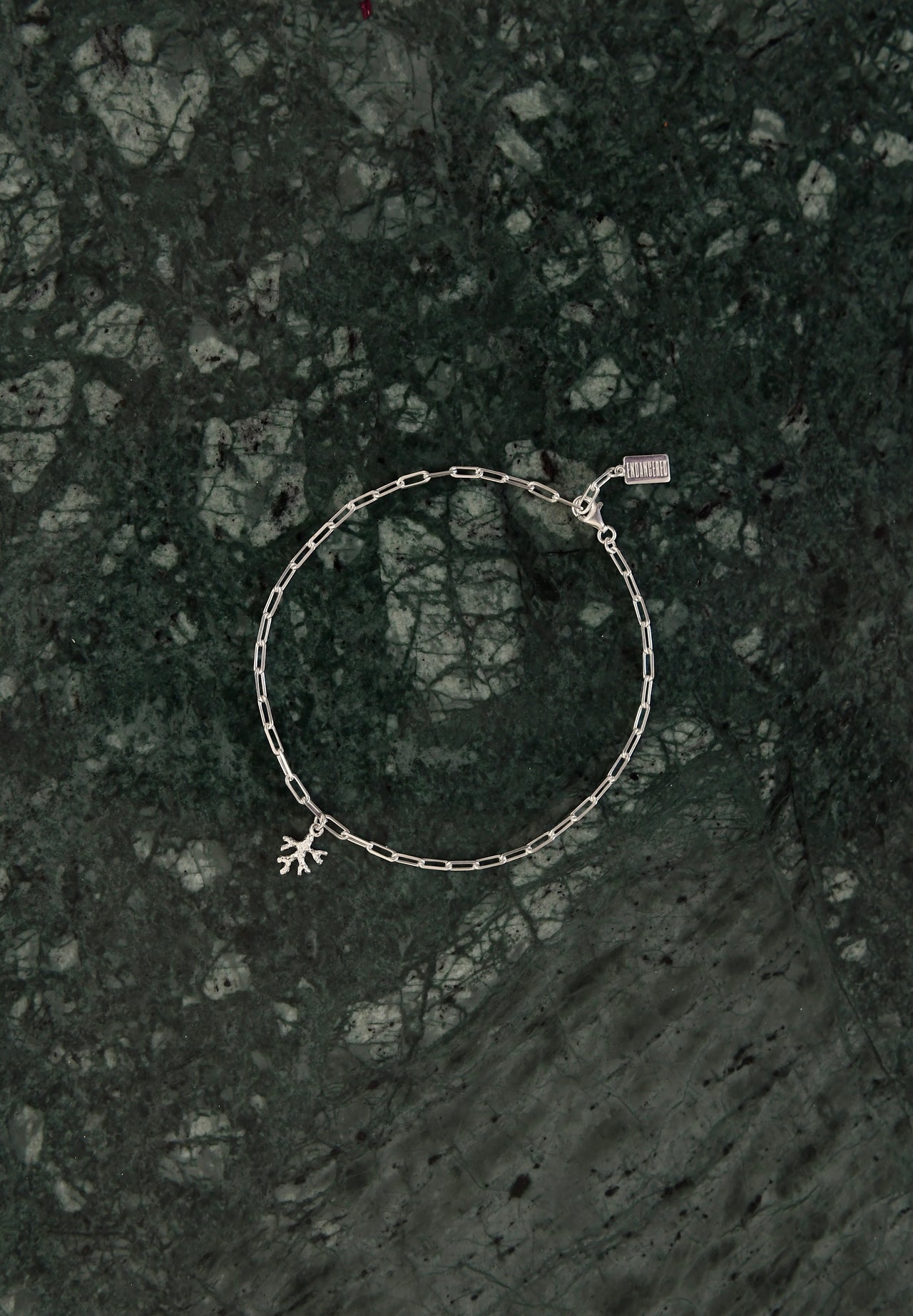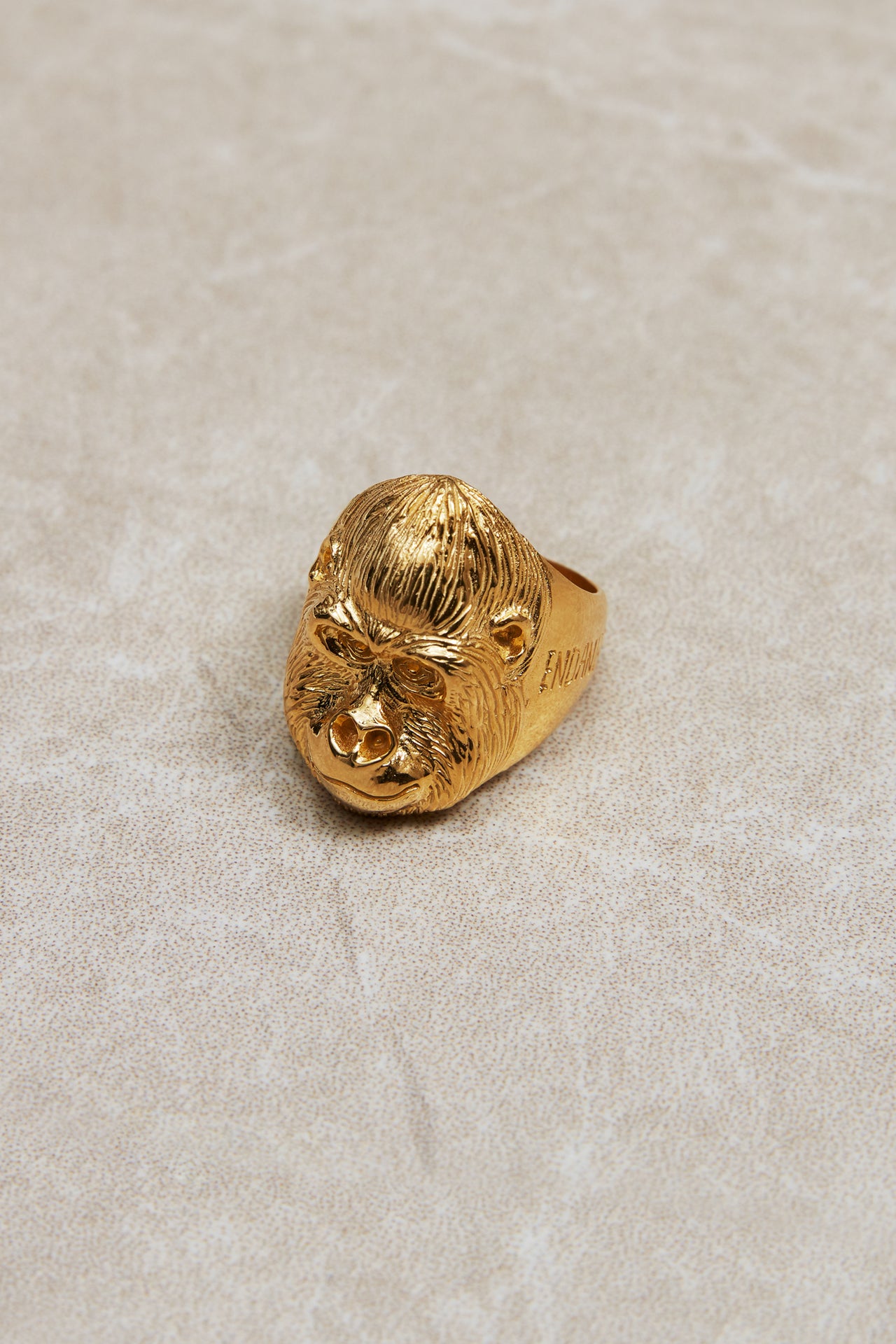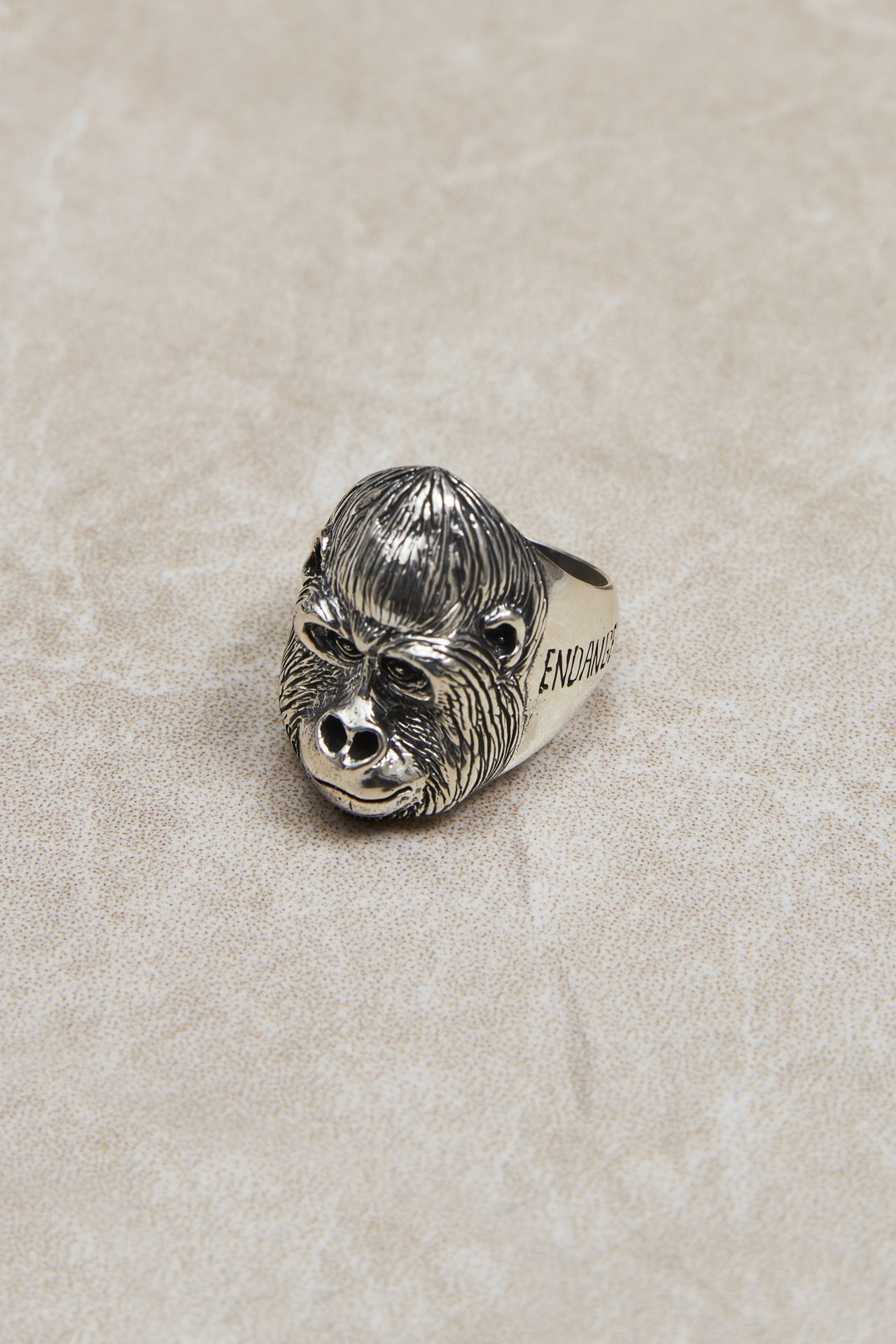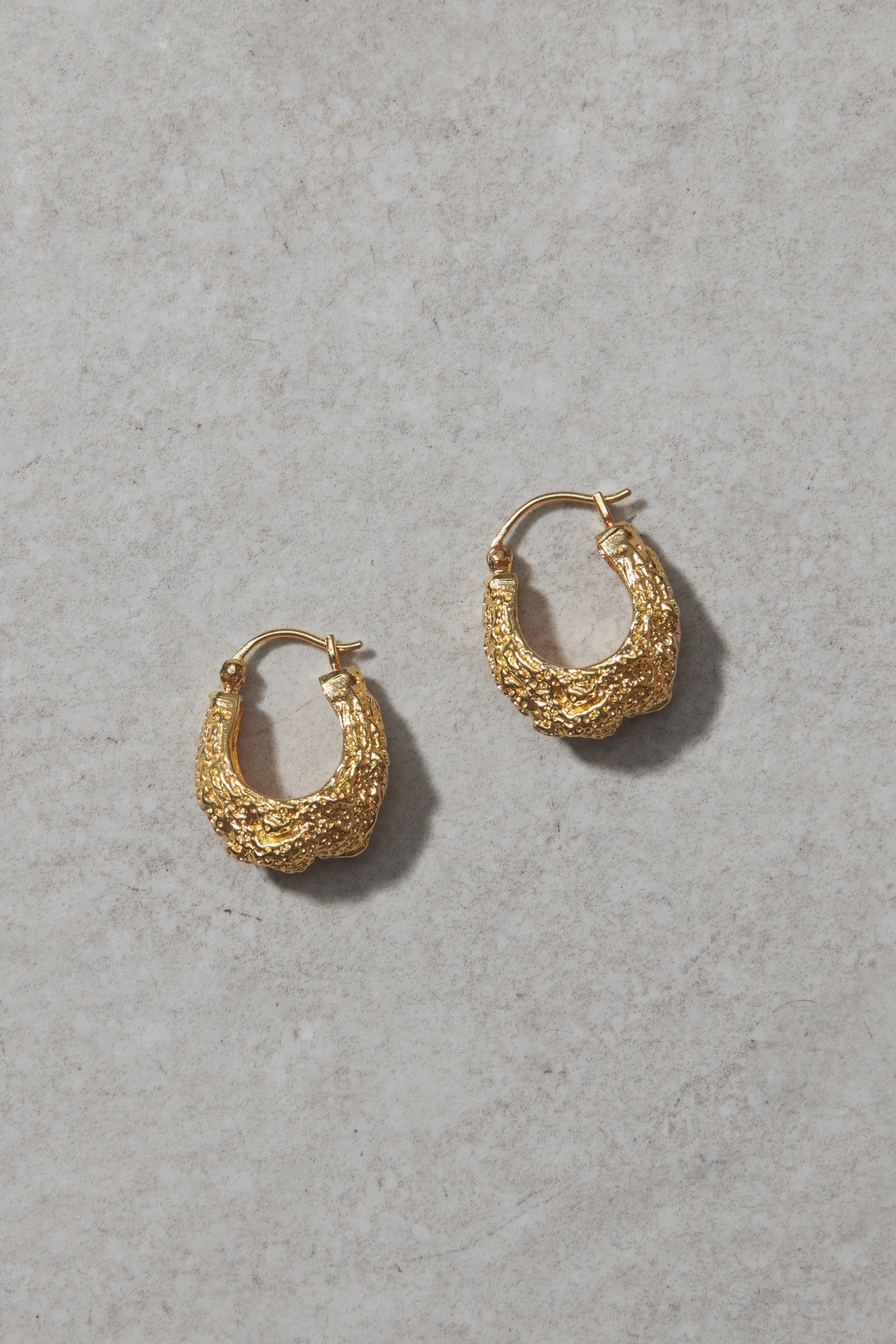It was a dream come true. No it was more than a dream, rather a dreamy obsession. Ever since reading the book Gorillas in the mist by Dian Fossey when I was seventeen I knew that I wanted to dedicate a part of my life to this endangered apes. So you can imagine, visiting Rwanda and the Volcanoes National Park was something very special to me.
It was en early morning in the small town Muzanse in Rwanda, the port to the Volcanoes National park, where six giant volcanoes rises through the clouds in the west towards Kongo and Uganda. It was here, in the same village, where Dian Fossey herself lived between 1967 until 1985 when she got mysteriously murdered December night. She founded the first ever research center for gorillas called Karisoke Reserach Center between the volcanoes Karisimbi and Bisoke. The center later became a foundation after her death and still exists today as the The Dian Fossey International Fund.
We were assigned to a gorilla family named Amahoro (means peace) living on the high slopes of Bisoke mountain. The family of 24 individuals was localized by the local rangers working in the area. Every day, all year around, they monitor and protect the gorillas from traps and illegal hunting. In the 80's there were only around 250 individuals of mountain gorillas left in the world and their numbers was steadily decreasing due to poachers selling gorilla body parts as souvenirs. Luckily, thanks to sustainable tourism and donations given to protection and research, their numbers has increased.

This particular morning the dense mist was hanging over us as we started our ascent to the mountain top. It's a though and muddy trekk through tortuous and wet rainforest. After one and a half hour we finally reach the meeting point. The rangers found the family. Our guide, Francois, who had been working with the gorillas for over 38 years and was a friend of the very same Dian Fossey, thought us the sounds to use in the company of gorillas to communicate with them. One should not be afraid, but there are certain rules to attain to not upset them. Like bending down if they approach you and not use any hasty moves when going past them.

It was surreal to finally see them. Being so close, you could almost touch them. The group's dominant silverback Ubumwe was sleeping next to an infant. His calm face, and enormous yawn as he started to wake up made me feel safe. And as I looked into his eyes, I saw a friend, not an animal. It was like you could understand them. The infant started to approach us and climbed up a bamboo tree just next to me. All around us where gorillas eating, resting and protecting their newborn babies from the rain. The aspiring silverback in the group, think his name was Mgahinga, came rushing out from the bushes doing the characteristic pounding on the breast move. Then he accidentally fell into a big whole which left him a little embarrassed. I have never witnessed something similar like this before. There we were, thousands of miles away from home, in the deepest of rainforests, witnessing these endangered apes on a very intimate distance.

After one hour together it was time to say goodbye and start our descend back. As we started to go down the hill tears fell from my eyes. It was over, I accomplished my dream and it was way more revolutionary than I could ever imagine.
It became clear to me, why they need to be kept alive in our world. Dian Fossey's life mission was to save these incredible species. She succeeded. And it feels so real to have been able to experiencing her legacy.

In memory of Dian Fossey. Today, on 27 December 2019, it is 34 years exactly since she died.

